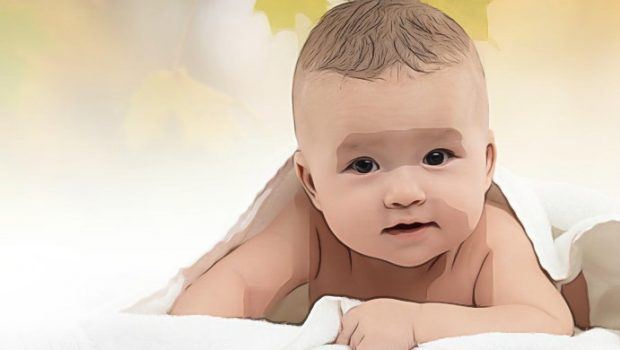
Updates: 02/17/2024
Wondering about that welt, rash, or bump on the skin of your child? Allergies, sickness and heat or cold are usually behind children’s skin changes. Most are not a big deal and could be treated easily. Here, we at VKool.com introduce to parents top common newborn baby skin problems that can help them learn to tell what many of their kids’ skin problems look like. Of course, parents should always check with their doctor to know for sure and get the right remedy.
Top Common Newborn Baby Skin Problems – A General View Of Baby Skin Diseases
1. Baby Acne
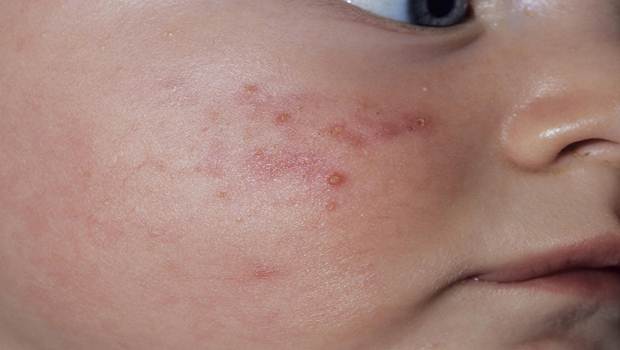
If your baby has acne, then he might have it at birth, yet it often shows up after several weeks. This features with small pimples or whiteheads, surrounded by the reddish skin. Those pimples might be likely to appear on the cheeks of the baby. Sometimes, it also appears on the chin, forehead, and back.
The baby acne could become more pronounced when he is fussy or hot, or if his skin is irritated by milk residue, saliva, or fabric that is rough or has been washed in the strong detergent.
Normally, baby acne will disappear on its own without the help of any cure, yet it could sometimes take a few months.
2. Cold Sores
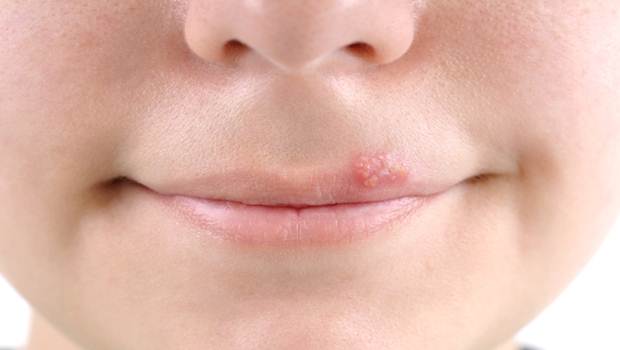
If your baby suffers from a cold sore for the first time, then he will begin off swollen gums along with a sore mouth, which might make him drool. After several days, there might be a cluster of small blisters on or near the lips which turn into a hurtful sore, probably along with a swollen lymph glands within the neck and a fever.
In several days, the sore might crust over and slowly go away. The flare-up will prolong from 5-10 days. The baby might not enjoy eating or drinking, so parents need to check that their baby is not getting dehydrated. And, the next time that baby has a cold sore outbreak, the initially symptom will be the blisters.
In order to ease the pain, parents can apply ice to the sore of their baby, or give him a dose of infant paracetamol suspension.
3. Erythema Toxicum
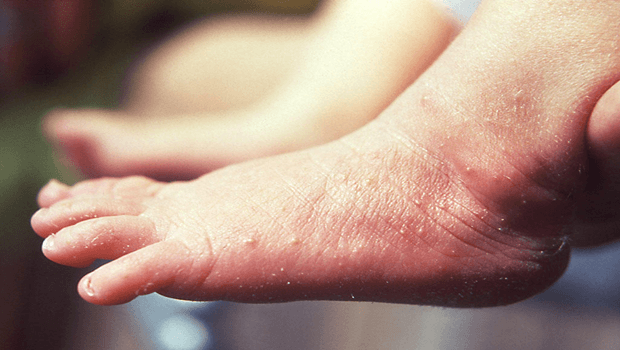
When it comes to baby skin problems, eryhema toxicum might not be well-known among parents. If your baby suffers from erythema toxicum, it will appear on his skin as those red spots with small yellow or white pustules in the middle. Those babies usually get this rash about 2-5 days after birth.
This condition could appear at almost body parts of the baby, apart from the palms and the soles of the feet. It should go away on its own in about 2 weeks.
Recommend reading: easy tips to cure thrush
4. Folliculitis
When a baby has folliculitis, there will be pustules around the hair follicles. These might crust over. Normally, the pustules often appear on the neck, arms, armpits, legs, and bottom. This skin problem is rare in those kids under 2 years old.
If you take your baby to the health care provider, he might prescribe the antibiotic cream.
5. Hives
The symptoms of hives contain:
- Many small raised patches, also called wheals, featuring 1-2 cm in width, which grow suddenly
- These wheals could be white or red, and are surrounded by a redness area and come with the itchy feeling
- Wheals might join together with other symptoms thereby making rash look rather extensive
Hives will normally go away on their own within just several hours or days. You could use calamine lotion or antihistamine cream to relieve swelling as well as itchiness.
6. Jaundice

It is estimated that approximately 50% of the babies develop a yellowish tinge to their own skin in a few initially days after birth. For those babies with dark skin, parents will notice a yellow tinge to the white of their baby’s eyes, or on the palms as well as the soles of the feet.
Oftentimes, it takes about 1 week for the baby’s skin to return to the normal condition. Or, it could take longer if the baby was born early.
7. Measles

The common symptoms of measles include:
- Runny nose
- Cough
- Fever of 380C
- Sore, swollen, red eyes
- Small white spots within the mouth
About 3-4 days after these symptoms, parents will recognize red spots behind the ears of the baby and on the neck and face. When the rash appears, the baby’s fever might rise. Spots also spread over the body and grow a bumpy texture. Going with the rash is the itchy feelings which last for 5 days or so. When it fades, it will turn into a brownish color. In reality, measles is a virus; thus, it will disappear on its own in several days. Help the baby restore by giving him plenty of relax or paracetamol and additional fluids to cool down his fever. If your baby has measles, you need to take him to the doctor.
8. Milia

This is one of the most comfortable baby skin problems, which features with white, tiny spots appearing on the face of the baby, often cross his nose, chin, forehead, cheeks, and around his eyes. Though milia look raised, if touched, they feel smooth.
Normally, they will disappear after several weeks after birth as the oil glands on the face of the baby are still growing. The milia spots should go away on their own after a few weeks.
9. Molluscum Contagiosum

This problem appears as round, small, shiny, pearly white and sometimes pinkish spots. For most cases, there are over 20 spots and each one has either a dimple in the middle or a small pus-filled head. The size of each spot ranges from 1mm to 10mm across and could develop over a few weeks. The most common body areas in which these spots appear are chest and belly, or on the inside of the joints, like on the inner elbows or behind the knees. Also, the spots might be around the bottom and genitals as well. They rarely break out anywhere containing on the eyelid and in mouth.
This condition often disappears in 18 months without any cure. In case the pimples are bleeding, itching, or making the baby uncomfortable, then he must be seen by doctor.
10. Nappy Rash

Resulting in a red puffy rash covering around the genitals, the folds of thighs, and bottom, nappy rash could sometimes look rather pimply, and might be either moist or dry. Your baby might usually get nappy rash during his first year. Besides, wetness is the major cause.
According to specialists, the best treatment for this condition is to keep the baby dry and clean by changing his nappy regularly.
11. Poison Ivy, Sumac And Oak 
If the baby gets contact with poison ivy, sumac, or oak trees, then he might suffer from an allergic reaction leading to a rash. The rash will appear on the skin of the baby as red patches, swollen, which will grow into blisters for 1-2 days after. Those blisters will soon crust but they are going to become itchy at the same time. After 2 weeks or so, the condition will get better.
12. Roseola

Among baby skin problems, this is a common one. With this condition, the symptoms contain:
- Cough
- Sudden fever of 38-420C
- Mild diarrhea
- Runny rose
Also, the baby suffering from this problem might have a listlessness, appetite loss, or irritability. The fever might last for 3-4 days before going away suddenly. When the fever subsides, a spotty, pinkish-red rash will appear. It will begin on the chest as well as tummy of the baby and might spread to the neck along with other areas. It will disappear in just several hours or two days. You could assist your baby in recovering by giving him plenty of relax or paracetamol and additional fluids to cool down his fever.
13. Infective Conjunctivitis

A watery, pink eye might be a signal of conjunctivitis. The conjunctiva features with the membrane lining the eyelids of the baby and covering the eyes’ white part. This condition is resulted by an infection or an allergy.
Infective conjunctivitis is resulted from a bacterial or viral infection, and is extremely contagious.
Additionally, there are other signs of conjunctivitis, including:
- A sticky eye
- Soreness and redness
- The yellow crush surrounding eyelid or sometimes a yellow discharge
If your baby is suffering from infective conjunctivitis, you should bathe his eyes using warm water along with cotton wool thoroughly and regularly. You should take a separate towel as well as flannels to use for your baby.
For those under-one-month old babies with conjunctivitis, parents should take them to see doctor instantly. The conjunctivitis condition in young babies might be because of a much more serious infection like Chlamydia.
14. Mosquito Bite

A mosquito bite could cause a raise, itchy bump on the skin of a baby. This could feel uncomfortable. Parents should use the cold compress for soothing the itching and stopping the baby from scratching that bite. Also, keep the nails of the baby short so he could not scratch too hard. Try soothing the feeling of itching using calamine lotion.
It is not necessary for a baby to see a doctor when having a mosquito bite, yet if it becomes infected, parents should take their baby to the doctor. Oftentimes, the signs of infection include:
- Swelling
- A growing body area of redness
- Pus
- The skin of the baby feels warm to touch
15. Lyme Disease

Occasionally, a tick bite could result in lyme disease. This is considered as a serious bacterial infection which needs proper prompt remedy. When a baby is suffering from this condition, there will be a spreading rash or ring around the spot of that bite.
16. Ringworm
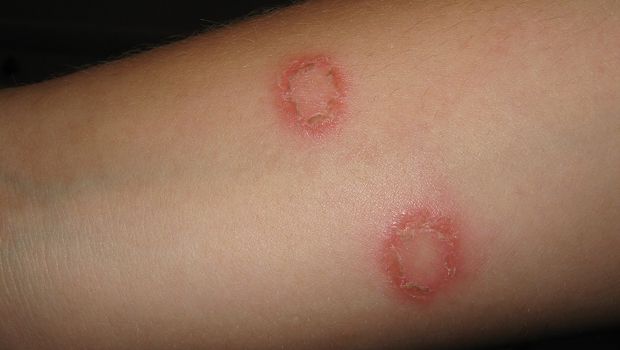
Insects are not the perpetrators of the ring on the skin. Worms do not cause ringworm. Rather, this superficial skin infection, also known as tinea, is resulted by a fungus that lives on dead skin, hair and nail tissue – called dermatophytes. At first, this array of red skin, peeling or swelling, then develops into itchy red circle with blisters contour around. The circle can be spread through skin contact or those shared items such as towels, sports equipment which are also used by sufferers. However, most of them can be cured with anti-fungal creams.
17. Slapped Cheek Syndrome
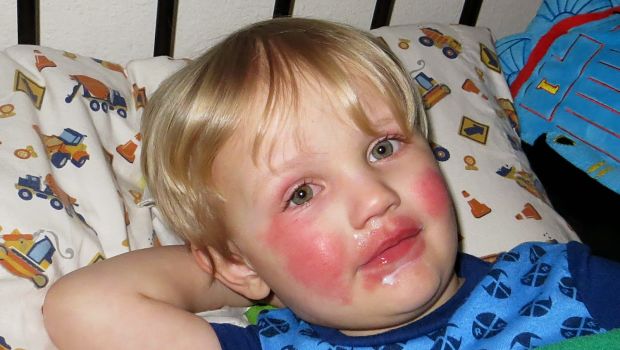
This infection is mild and could be healed after 1 week. Initially, patients have flu-like symptoms, then appeared red spots on the face and body. The disease is usually spread by coughing or snoring, and the most contagious time is the first week before the appearance of redness. Red cheek syndrome could be treated with taking a rest, drinking plenty of water, eating liquid, soft, easy-digesting food (do not use aspirin in children under 16 years old). However, it is necessary to observe other signs as they may indicate more severe diseases.
Check out: tips to care for dry skin.
18. Chickenpox
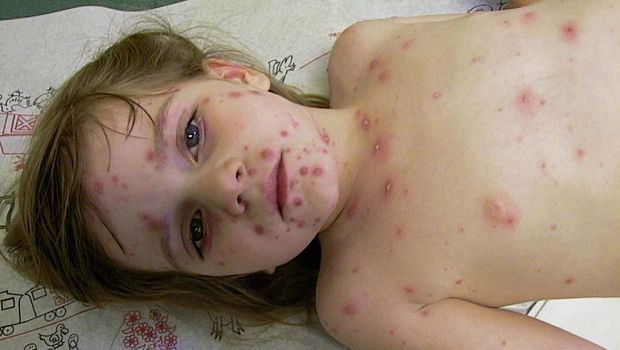
Chickenpox (also known as varicella) is highly contagious disease characterized by itchy red rash, and is one of the most common infectious diseases of childhood. It is often mild in children yet there is still a risk of serious complications like bacterial pneumonia. It usually does not cause serious health problems in children. It is caused by the herpes varicella-zoster virus and is spreaded by droplets from a cough or sneeze, or by contacting with the clothing or bed linens or oozing blister of an infected individual. Most children only need home treatments such as rest, and medication to relieve itching, fever or other flu-like symptoms.
19. Impetigo
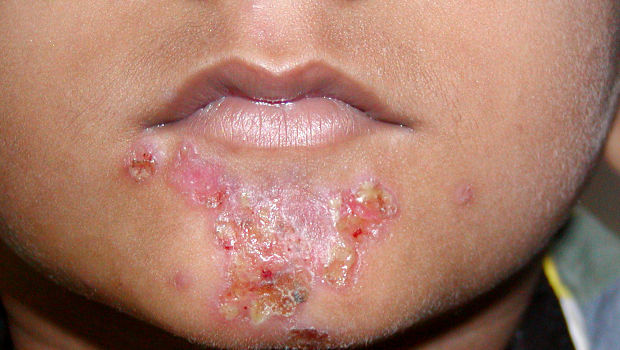
The next one in this list of common baby skin problems is impetigo. Impetigo is a bacterial skin infection, which leads to red sores, breaking open, oozing fluid, and developing a yellow-brown crust. This infection could happen anywhere on the human body, yet most often appear around the nose and mouth.
The blisters appear red and painful. Impetigo is contagious and popular in children. It could be spread to other people via close contact or by sharing sheets, toys, clothing, or other items. If the children scratch, infections will spread to other parts of their body. Some topical antibiotics can cure this disease, but sufferers also need to take a number of antibiotic tablets.
20. Warts
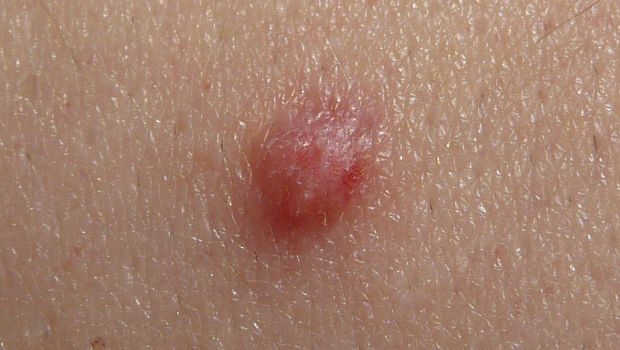
When it comes to baby skin problems, warts tend to be a common disease. Fact is, many of us have had a wart somewhere on our body at a certain point of our lives. Yet, this condition is more common in kids than in adults. Warts are skin infections caused by viruses of the human papillomavirus – HPV – family. This disease can impact most parts of the human body, but tend to invade moist and warm places, such as scratches or cuts on the hands, fingers, and feet. Warts are often painless if they are not on the soles of the feet or other parts of the body which get touched or bumped all the times.
This skin problem can be prevented by not stripping them off or covering it with tape, and always keep the infected body parts dry. If they remain, the doctor will treat with the uses of laser surgery or chemicals.
Check out: how to cure genital warts
21. Prickly Heat Rash
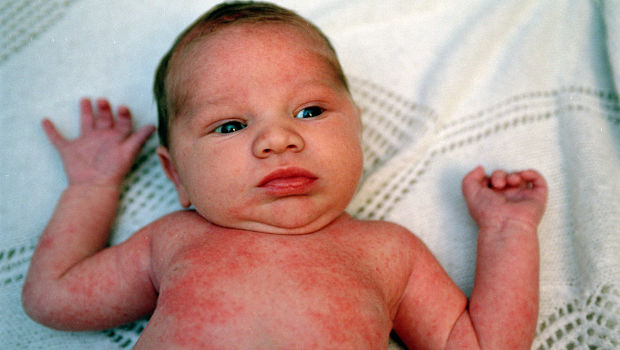
When it comes to common newborn baby skin problems, prickly heat rash seems too popular. Prickly heat rash is also called miliaria, is a rash which could develop after a person sweats much more than normal and sweat glands turn to be blocked.
Children and babies could get prickly heat rash during the humid or hot weather as their sweat glands might be not fully developed.
This skin problem causes an itchy rash of those small red raised red spots with a stinging or prickling sensation. It often affects many parts of the human body covered by clothes like the abdomen, the back, upper chest, armpits, or groin. The symptoms often appear on the head, neck and shoulders of the child, usually by parents to wear too warm for children and might also happen when the weather is too hot. Baby should wear light, airy clothes though their hands or toes though seem cold – an ominous situation.
Recommend reading: vitamins for skin health
22. Contact Dermatitis
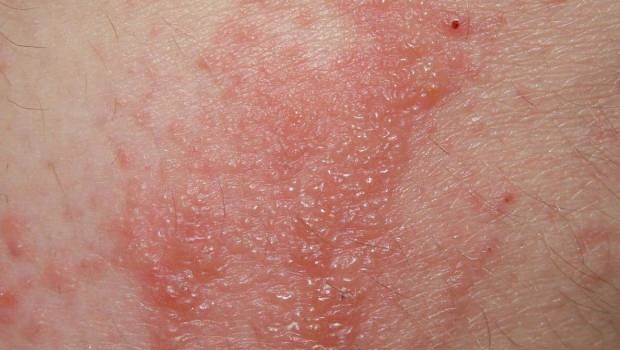
Contact dermatitis means skin inflammation, yet it embraces a range of ailments. In a lot of people, this condition is early characterized by dry, red, and itchy skin. And, more serious problem will result blisters or crusty scales which ooze fluid.
This skin problem is an allergic reaction caused by contact with food, soap or oil of some poisonous plants. The disease can often disappear when no longer exposed to pathogens.Therefore, you should keep children away from poisonous plants.
23. Hand-Foot-And-Mouth Disease
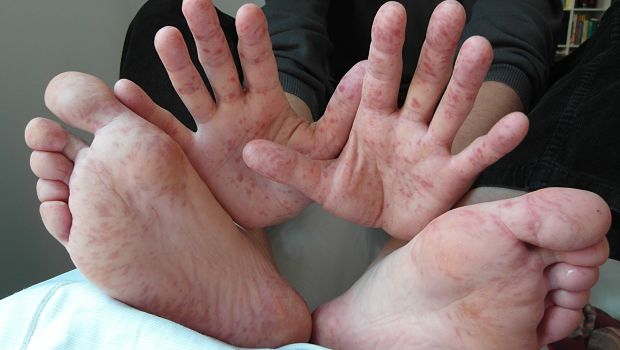
This disease is the ailment, which causes sores in or on the human mouth, on the hands, feet and even in the buttocks as well as legs. It usually occurs in the summer and fall, begins with fever. The sores might be painful. This problem often does not last more than about one week. The disease is usually transmitted by inhalation or contact with objects of the disease. Therefore, you should wash your hands frequently when exposed to this disease. The common home treatment for this disease is to use ibuprofen or paracetamol, avoid using aspirin for children under 16 years old. Besides, sufferers should drink water; eat more liquid and easy-to-digest food.
24. Eczema
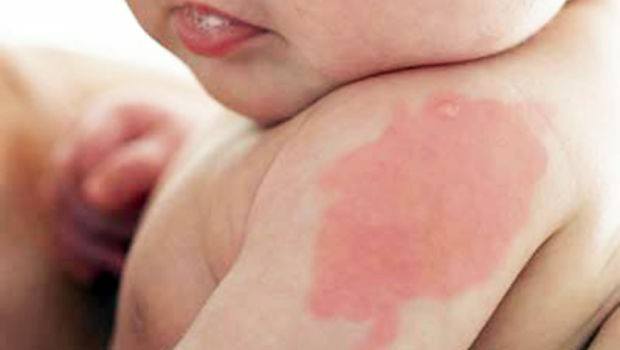
Eczema is also called atopic dermatitis which is a skin rash that often appears before the age of 5. In children and babies, it tends to show up on the scalp and cheeks, yet it might spread to their arms, legs, chest and other body parts. The rash looks like thickened, dry, scaly skin, or it may be made up of small red bumps that ooze and become infected if scratched. Fact is, scratching might cause darkened, scarred or thickened skin over time.
The cause of this problem is because of low hygiene quality, but it could also be caused by allergies asthma and too sensitive immune system.
25. Urticaria
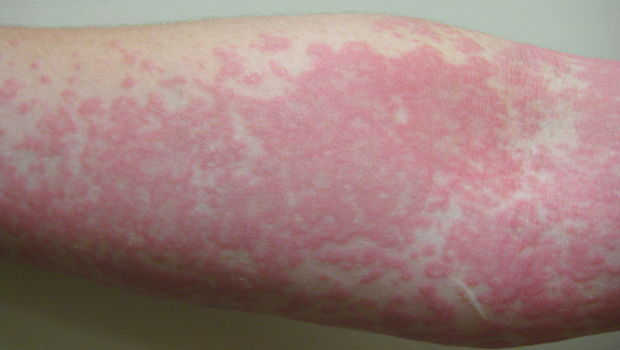
Urticaria is often characterized by redness, itching, or tenderness on the skin. The red layer appears everywhere on your body and lasts for a few minutes or a few days. It can be a serious sign if combined with the difficulty in breathing.
Your doctor can recommend your child using medications, such as aspirin (not for children under 16 years old), or penicillin. You had better limit your children’s intake of some specific types of food, such as eggs, nuts, shellfish, and food seasonings. High body temperature and sore throat infections may also be characterized by red spots.
26. Scarlet Fever
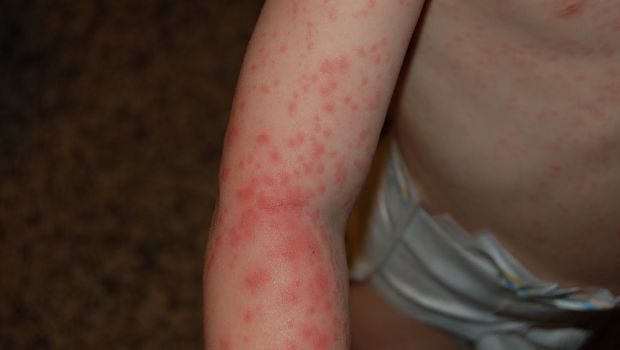
This scarlet fever disease is a throat infection characterized by a redness layer. The symptoms are sore throat, fever, headache, abdominal pain, and swollen neck glands. After 1 or 2 days, this red skin has the surface similar to sandpaper and will fade after 7 to 14 days. Washing hands thoroughly can help reduce the spread of disease. Parents should see a doctor if their children are sick. The treatment is usually antibiotics.
Recommend reading: natural treatments for sore throat
27. Rubella
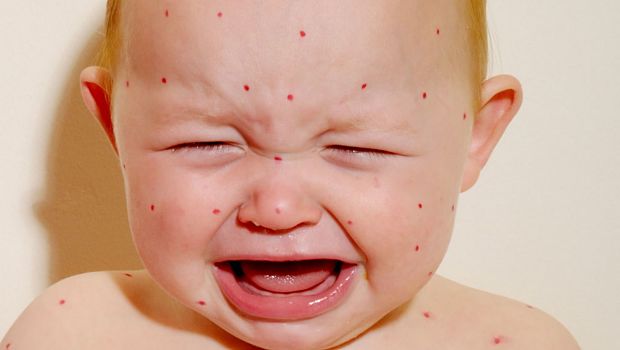
Rubella is a mild infection which often affects children from 6 months – 2 years old, less appearing in children over 4 years old. The disease has symptoms like respiratory illness and high fever for more than 7 days. Fever will suddenly end and be followed by small red spots pink – can also inflate a little bit. Parents can use paracetamol to treat fever and remember not to use aspirin for those children under 16 years old.
The above are top 27 most common newborn baby skin problems that every parent needs to know to prevent and treat their children’s skin diseases effectively. Read through these skin problems to see if your kids have any signs of these diseases. If yes, you had better go to see a doctor soon or consider applying some tested home remedies.
Leave your words below this post of baby skin problems to let VKool know your thoughts and we will respond soon.
Want More Content Like This In Your Inbox?
- Baby Weight Loss – How To Lose Baby Weigh With Beyond Baby
- How to cure rosacea naturally at home – 7 tips
- 27 Healthy Snack Ideas For Kids & Adults & Benefits Of These Snacks
- 5 Fun games for children at home and school
- 74 Best Foods To Eat Every Day For Perfect Skin Health
- 30 Tips On How To Get Clear Skin Fast And Naturally At Home
- How to use lemon for acne scars? 18 best uses
- Natural aloe vera face mask: 31 homemade recipes

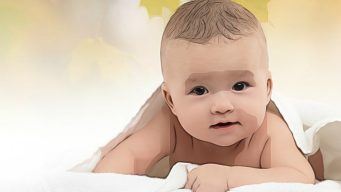
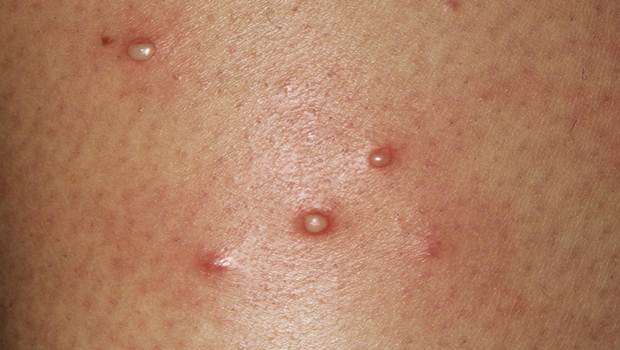
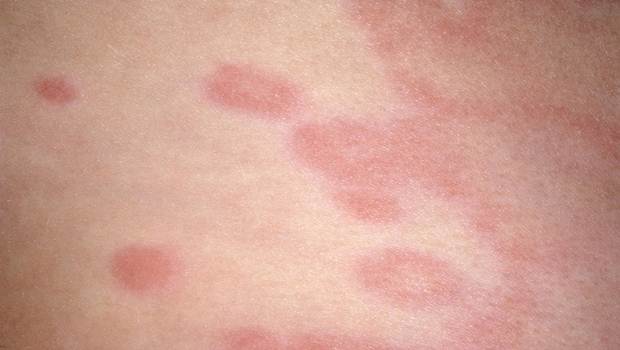
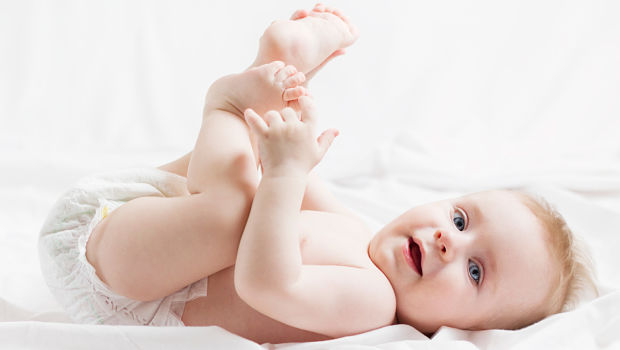

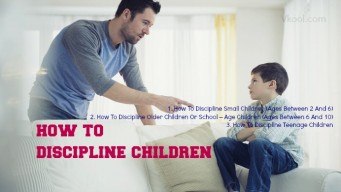

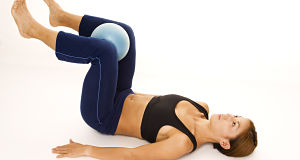

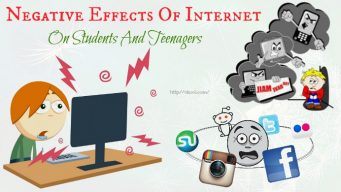



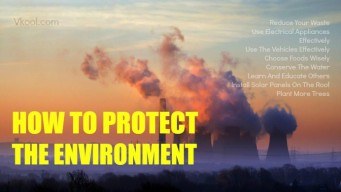


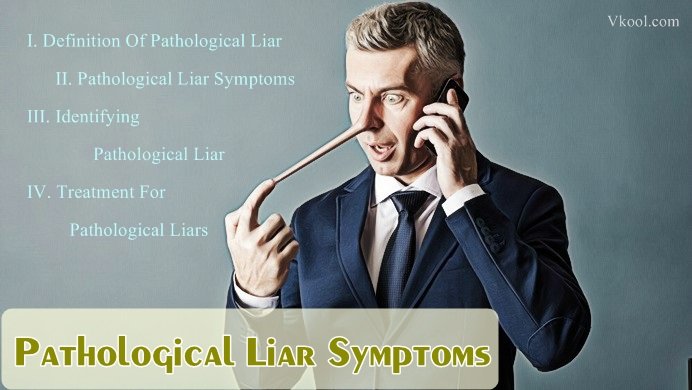


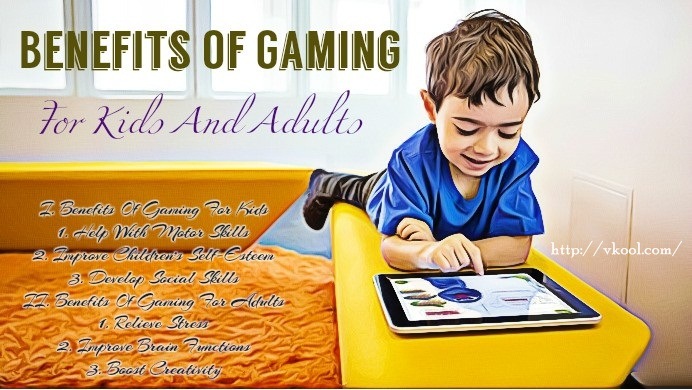
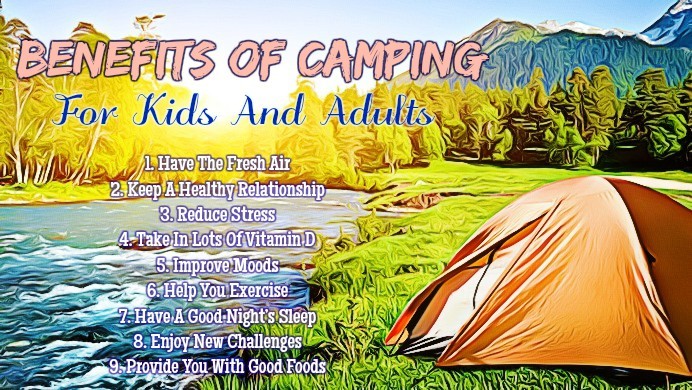

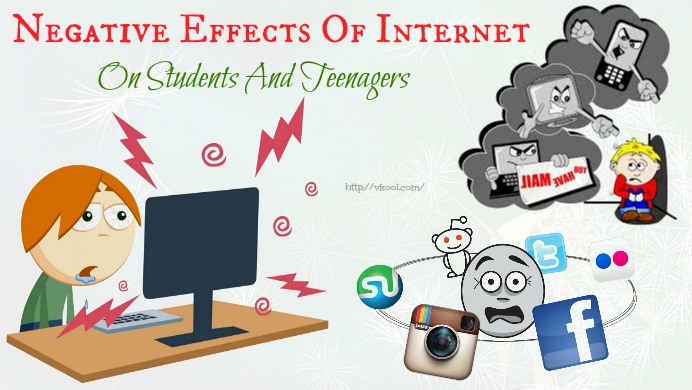
 Rocket German Premium Review – Learn To Speak German Like A Rocket
Rocket German Premium Review – Learn To Speak German Like A Rocket 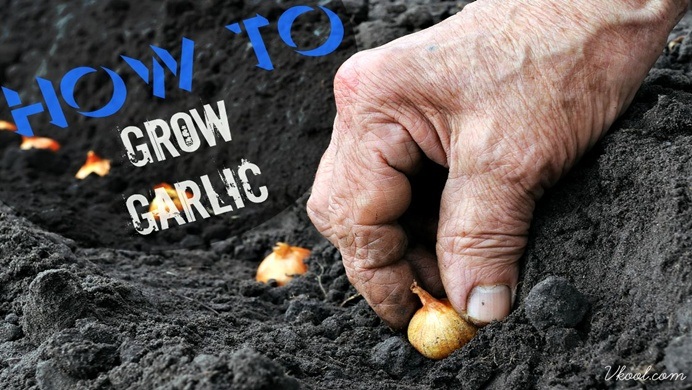 How to grow garlic from a clove – simple steps
How to grow garlic from a clove – simple steps 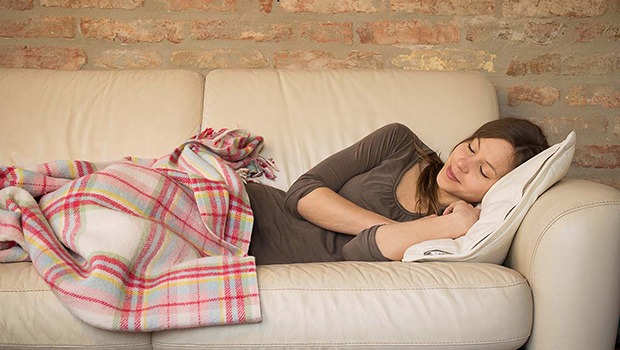 Health benefits of napping during the day
Health benefits of napping during the day  How To Prepare For An Exam Effectively – Top 13 Ways Revealed!
How To Prepare For An Exam Effectively – Top 13 Ways Revealed!  8 Best games to improve memory
8 Best games to improve memory  Optin profits review – is Ewen Chia’s system useful?
Optin profits review – is Ewen Chia’s system useful?  Dog Food Secrets Review – Is Andrew Lewis’s Guide Useful?
Dog Food Secrets Review – Is Andrew Lewis’s Guide Useful?  The Perfect Affirmation Program Review – Is Matt’s Guide Useful?
The Perfect Affirmation Program Review – Is Matt’s Guide Useful? 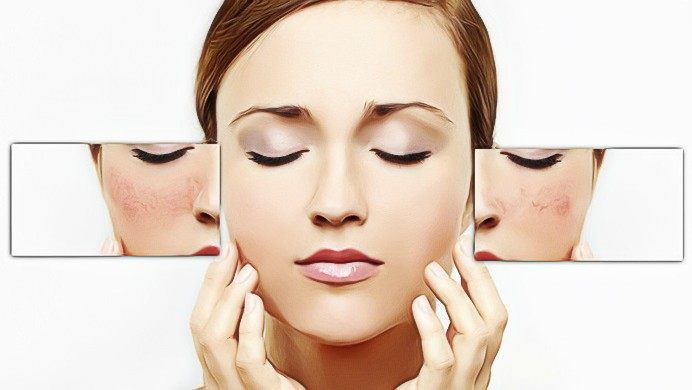 Living With Kp Review – Can Jenifer’s Kp Treatment Work?
Living With Kp Review – Can Jenifer’s Kp Treatment Work?  What is seo – relevance optimization
What is seo – relevance optimization